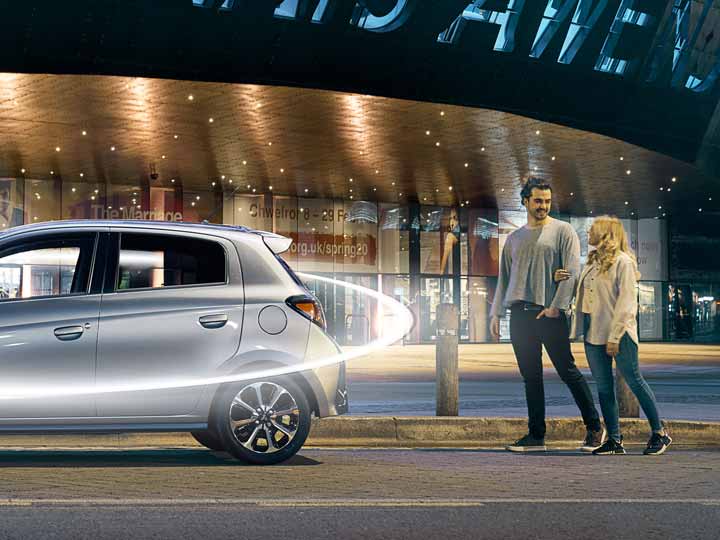We’re with you all the way…
Like any family, we want you to feel appreciated, supported and cared for – with a range of benefits, products and services especially for Mitsubishi drivers.


Home and Roadside Assistance
Free with every service
Not only do you get quality care for your Mitsubishi on the day of service but free home and roadside assistance for the 364 days that follow.

Drive Now, Pay Later
Flexible, interest-free credit
Whether you’re facing unexpected repair costs or looking to purchase accessories, our Drive Now, Pay Later lets you spread the costs.

Warranty Services
A range of products for added peace of mind
With a range of products tailored to suit your Mitsubishi’s age and mileage and the option to pay as you go, we’ve got you covered.

Mitsubishi First
The last thing you need. The first people you call.
A complimentary service for all Mitsubishi drivers following an accident. We’ll manage the entire process on your behalf, completely free of charge.

Service Payment Plans
Affordable, worry free servicing
Spread the cost of servicing with a Service Payment Plan tailored to your Mitsubishi, to help keep your Mitsubishi in top condition while controlling the cost of motoring.


